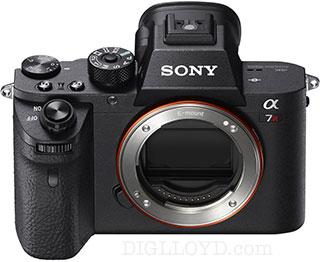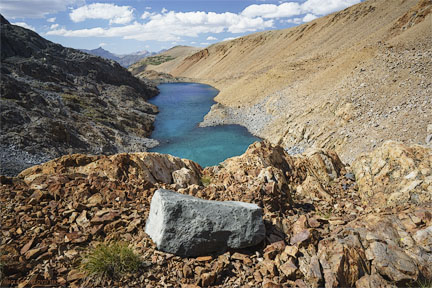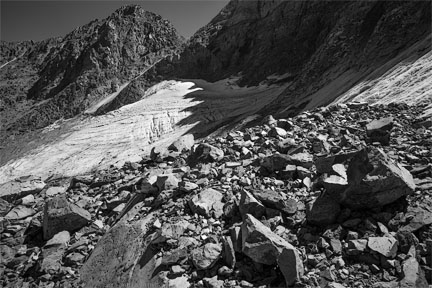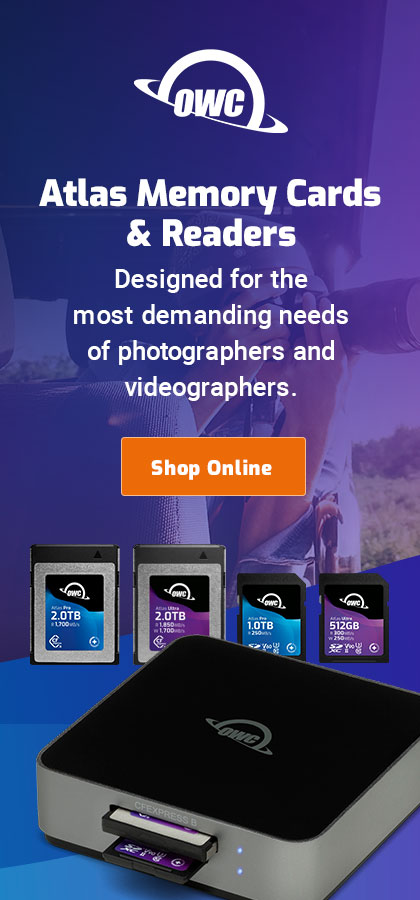Sony A7R II: Examples with Zeiss Batis: Dana Lake, Dana Glacier Climb
Get Sony A7R II and Zeiss Batis B&H Photo.

These images are a hiking documentary series of the upper Dana Glacier Canyon and Dana Glacier, in the Ansel Adams Wilderness abutting Yosemite National Park. It is a strenuous hike to get to the glacier over multiple extended boulder fields involving class 4 climbing and a brief section of class 5.0a and an 'interesting' down-climb of the latter.
Thus the A7R II and two Zeiss Batis lenses were employed in an ideal real-world scenario that dovetails with the strongest core features of the A7R II: relatively small and lightweight lenses, full frame sensor, image stabilization, the convenience of an EVF. Shot without a tripod, as climbing in such conditions is a risk with a tripod.
- Examples: Dana Lake, Dana Glacier, 'Approach'
- Examples: Dana Lake, Dana Glacier, 'Glacier'
- Examples: Dana Lake, Dana Glacier, 'Return'
Includes ACR conversion settings analysis for each image, notes on the scenery, and images up to 24 megapixels, some with crops.
These examples offer a wide range of images and conversion options showing the excellent image quality of the Sony A7R II under most circumstances, and are an excellent juxtaposition against difficult scenes that are not the rule.

Sony A7R II + Zeiss Batis 25mm f/2
[low-res image for bot]

Sony A7R II + Zeiss Batis 25mm f/2
[low-res image for bot]
Joe R writes:
Stunningly beautiful images! Period. Full Stop.
I especially liked the inclusion of BWs having spent many nights in the darkroom with my Pentax 6.x7 Tri-X Professional negatives working on the Zone System.
DIGLLOYD: I was so excited to get up there—physically strenuous but what a raw wild place. I hope it comes through in the images. My only regret is not spending time till dusk there, because it is a long descent with big boulder fields and such. Sometime I’ll camp there and enjoy sunrise and sunset, perhaps in late October.
As for B&W, I’m decent at conversions, but the bottom line is that a high-res RGB image blows away any monochrome technology, because it allows mapping colors to grayscale relationships in an infinite number of ways—post shot. It is why I no longer have any desire for a monochrome camera (unless it were, say, 70 megapixels on up with an ISO 64 setting and 14+ bit dynamic range).


























